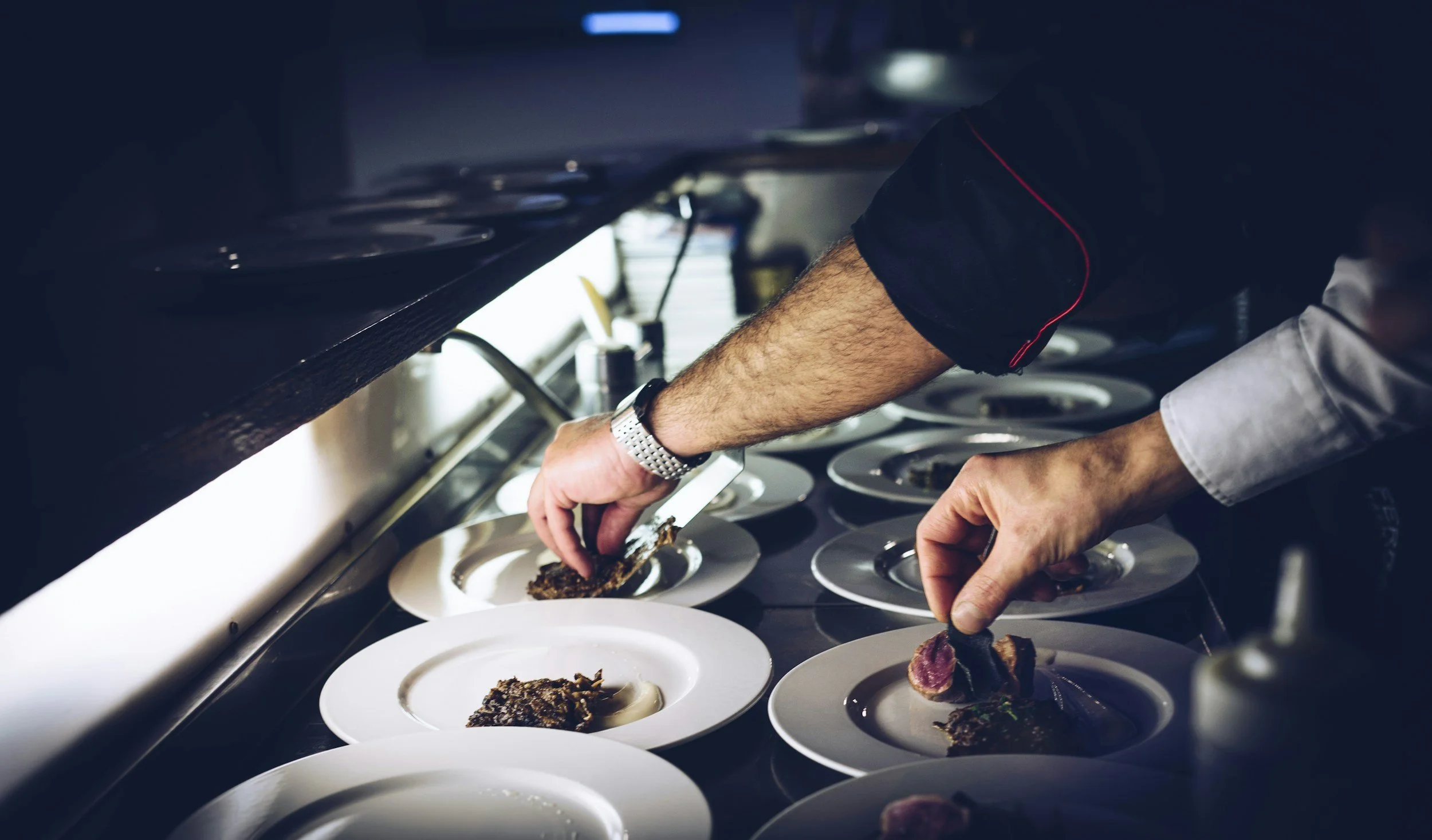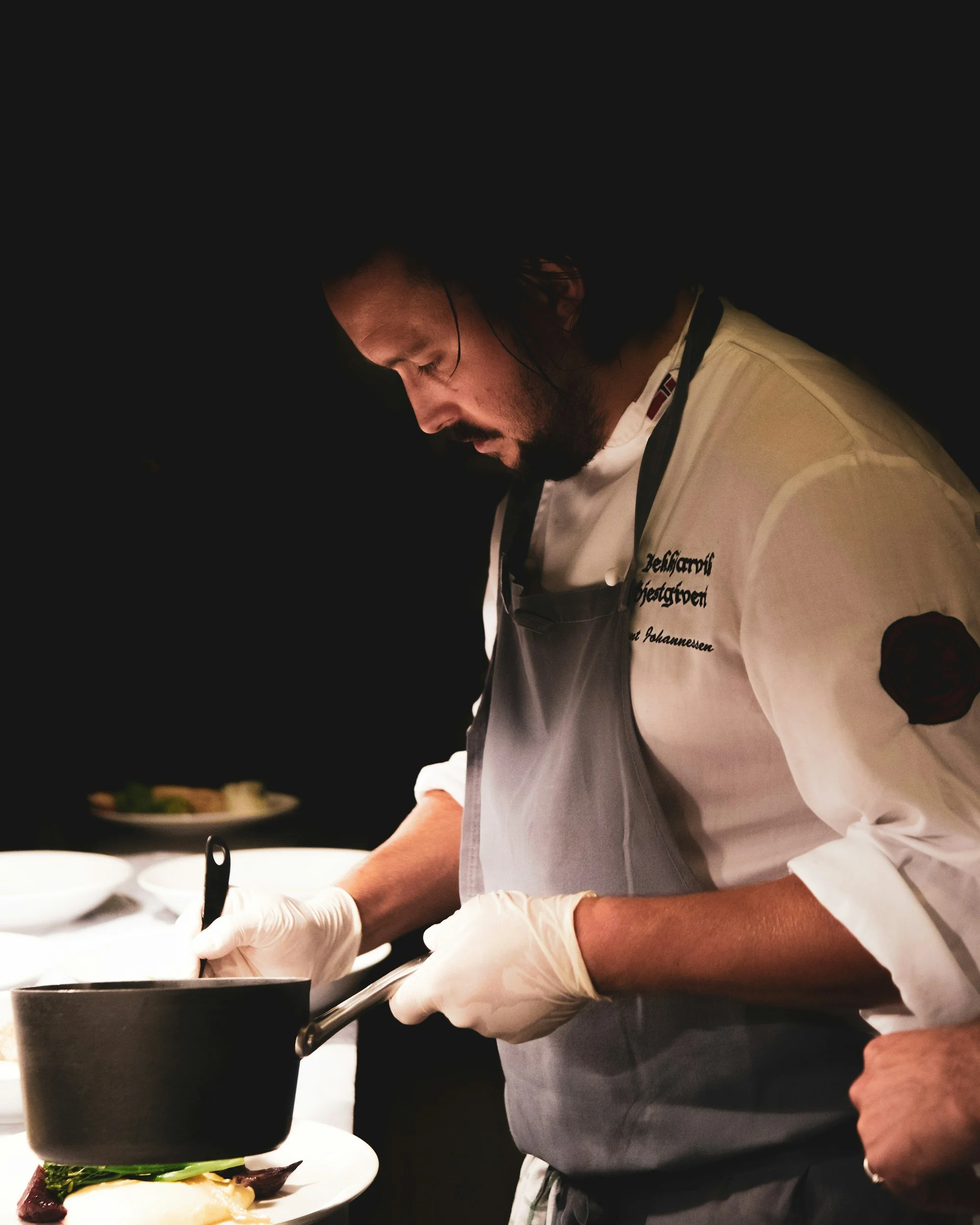How Garden State Chefs Infuse Local Cuisines with Cannabis
By PAGE Editor
New Jersey chefs are creating an exciting culinary revolution in their dishes by creatively incorporating cannabis. Not simply adding buzz, this trend involves an intricate balance between flavor, tradition, and the subtle effects of cannabis. Here is an in-depth examination of how New Jersey chefs are revolutionizing local cuisines with cannabis by exploring their ingredients, techniques, and culinary outcomes.
Understanding Cannabis Culinary Basics
Before venturing out into local infusion, it's crucial to have an understanding of the basics of cooking with cannabis. Cannabis can be included in dishes in various forms, such as oils, butter, and tinctures, to add unique flavor and effects.
Decarboxylation: Decarboxylation is the initial process by which raw cannabis is heated gently to activate its psychoactive potential and transform non-psychoactive THCA into psychoactive THC, the compound most associated with cannabis' effects.
Chefs often incorporate cannabis into fats such as butter or oil because THC is fat-soluble. This mixture can then be used in recipes as an alternative source of fats.
Sourcing Ingredients: To ensure the highest quality in their dishes, chefs in New Jersey take special care in selecting their cannabis ingredients. While some opt for pre-prepared oils and butter, others start from scratch by purchasing cannabis seeds for sale. This allows them to control every aspect of the ingredient—from the strain to the extraction method—ensuring that the flavor and effects are precisely what is needed for their culinary creations.
Pairing Cannabis With Local Ingredients
New Jersey chefs are adept at marrying cannabis's herbal notes with local ingredients to elevate both flavor and experience.
Seafood Enhancements: Chefs in coastal regions often incorporate cannabis butter into dishes like seared scallops and lobster rolls, whose herbaceous qualities balance out the fresh flavors of seafood.
Farm-to-Table Vegetables: When creating vegetarian dishes using cannabis oils as the basis, salad dressing or roast vegetables from nearby farms are given an earthy undertone, which enhances their natural flavors and draws out their sweetness.
Techniques of Cannabis Cuisine
The technique is as integral to creating delicious cannabis cuisine dishes as the ingredients. Chefs must ensure that cannabis flavor complements rather than overshadows any dish containing cannabis-related flavors.
Low and Slow Cooking: This technique is often employed to prevent overheating cannabis, which results in bitter flavors and decreased effects. Slow-cooker sauces with cannabis-infused content have become immensely popular as an accompaniment for pasta or meat dishes.
Balancing Flavors: Chefs often employ acids such as lemon juice or vinegar to offset the richness of cannabis-infused fats, creating dishes with an all-encompassing flavor profile.
Cannabis Cuisine Experiences
Dining on cannabis-infused cuisine provides an immersive dining experience, unlike any other form of consumption. The effects develop more slowly, giving diners an enhanced dining experience with subtleties of flavor incorporated throughout.
Taste Testing Menus: Some restaurants provide multi-course tasting menus featuring small portions of cannabis-infused dishes, allowing diners to sample different flavors and effects of cannabis use.
Educational Dinners: These events, often led by chefs, aim to inform guests about the processes and benefits of using cannabis for cooking.
Regulated and Safety Considerations
Cooking with cannabis also necessitates taking legal and safety precautions into account to ensure both chefs and diners have an enjoyable, legal dining experience.
Compliance: Chefs must abide by state regulations regarding cannabis use in commercial settings, including obtaining the necessary licenses and ensuring all products undergo lab testing.
Dosage Control: Proper dosage control for cannabis-infused dishes is paramount to avoid overconsumption. Chefs must be precise with their cooking methods and serving sizes when creating cannabis dishes for guests.
Conclusion
Integrating cannabis into local New Jersey cuisine is no mere novelty but an innovative form of culinary art that highlights ingredients and regional traditions. As this trend expands, diners will experience new sensory dimensions in traditional dishes grounded in local culture while taking advantage of innovative cooking techniques - creating a greater variety of culinary experiences than ever before. Cannabis-infused cuisine promises a bright future of culinary discovery!
HOW DO YOU FEEL ABOUT FASHION?
COMMENT OR TAKE OUR PAGE READER SURVEY
Featured









Tap to read…